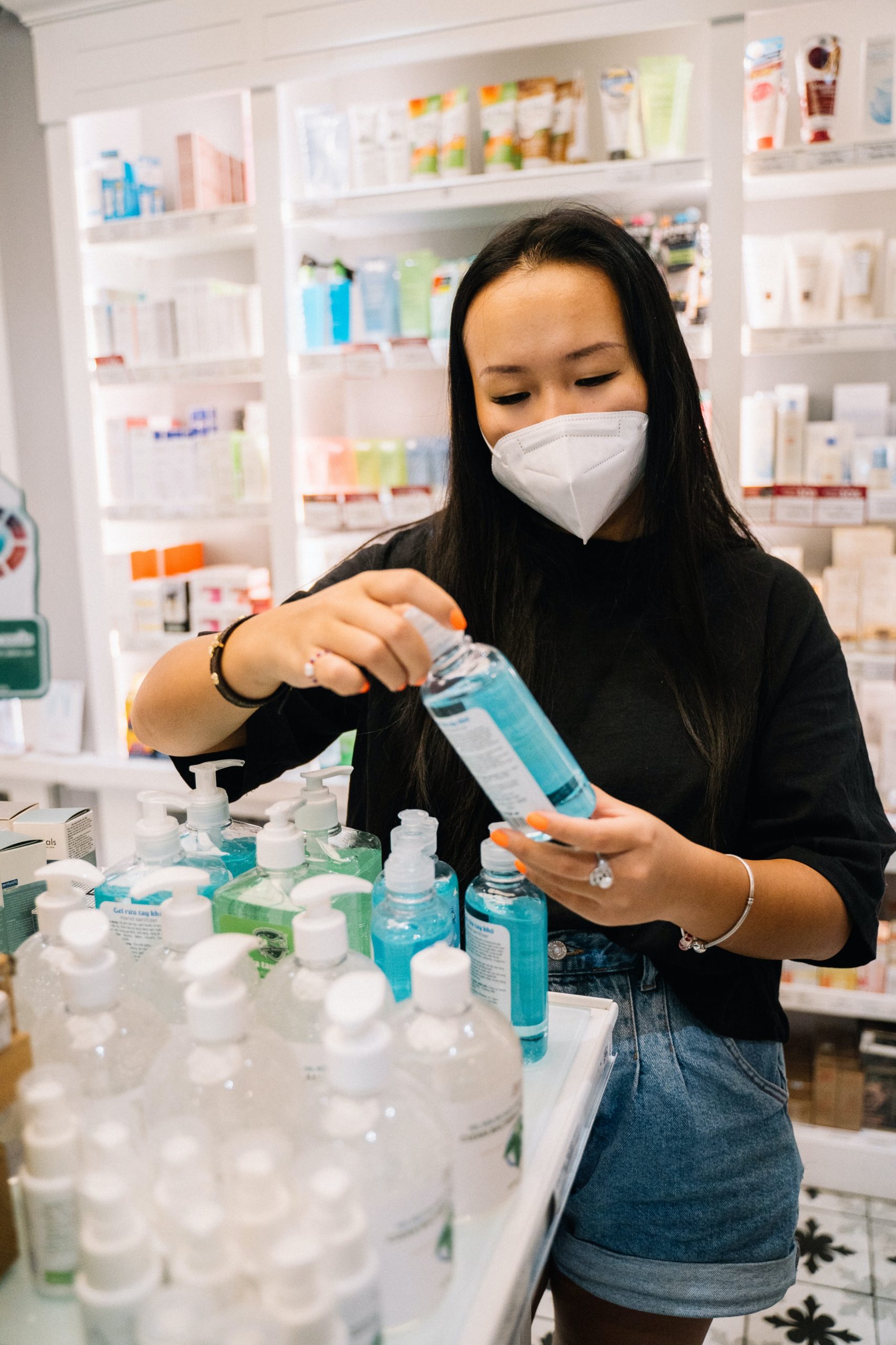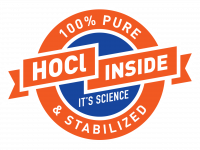Can All Hand Sanitizers Be Trusted?
Part 3

Midway through the pandemic, an independent research laboratory – Valisure LLC – performed an audit of alcohol-based hand rubs in the USA in order to ensure the quality, safety, and consistency of these products. Their goal was to report any product failures or concerns back to the pharmaceutical sector and manufacturers. In a previous blog, it was noted that the FDA allowed the interim use of benzene in liquid hand sanitizer products. (see here)
Valisure acquired 260 unique batches of 168 unique product brands of hand sanitizers from a variety of companies, and in a variety of formulations, including manual pump spray, aqueous solution, aerosol spray, foam, and gel. They performed an assortment of analysis on these 260 product brands. What they discovered is alarming. Nearly 20% of the batches contained at least 0.1 ppm of benzene, including the non-liquid formulations. Remember, only the liquid-based alcohol hand rubs were permitted by the FDA to temporarily include benzene. The highest level of benzene Valisure found was 16 ppm – 8 times the temporary FDA measure of 2 ppm. Valisure also found other impurities that are known carcinogens, including methanol and acetaldehyde. Valisure concluded there is an urgent need for independent labs to audit product batches of alcohol-based hand rubs in order to ensure product safety.
Unlike alcohol-based hand rubs, which are recommended by many public health agencies around the globe in spite of this and other concerns, HOCl is completely safe for human use. Research has validated HOCl as a non-toxic, non-irritating, and eco-friendly disinfectant and sanitizer. In a test comparing HOCl with other sanitizers, including isopropanol: a common ingredient in alcohol-based hand rubs – HOCl began killing most germs immediately. The HOCl was as at least as quick-acting as sanitizers containing isopropanol, with none of the potential negative effects. Ideas for this blog were gathered from here.
